When I was a child we had a lot of “flash cards” at home as
part of the learning experience. One set
of those flash cards included a picture of a city on one side and the name and
a couple pieces of information about the city on the other side. This might
have contributed to developing my interest in the world and in travel. Anyway,
one of those cities was Ottawa and the flash card had a picture of the Canadian
parliament on it. On the back it said Ottawa’s population was 300,000. So
compared to all the other world cities with much bigger populations, Ottawa was
a very small place. “Why does Canada have such a small capital, Dad?” When we
went to Ottawa on a family trip when I was 10 I just bought into it being
small, a view not entirely dispelled during my next stop there in 1990.
So how does Ottawa now have a metropolitan population of
well over one million? I think there’s been some consolidation of towns into
the larger municipality, but if you just look around it really has grown. It
looks like an American Sunbelt city in the sense that a large suburban belt
around it looks very new and there continues to be a great deal of
construction.
Oh, and the traffic! I guess places where government
bureaucracies are centered just have that tendency to burgeon in the modern
era. Although Ottawa may be small by comparison with Toronto and Montreal and
especially with the metropolitan monster the U.S. capital has become, it is by
all means a real city now.
One of the things that’s nice on this trip to Canada is that
the Canadian dollar is worth about 78 U.S. cents, probably a fair valuation.
That makes most things seem just slightly more expensive than in the U.S., a
pleasant change from the few days I spent in Toronto in 2011 when the Canadian
dollar was close to parity with the U.S. currency and everything seemed
exorbitantly expensive.
Because it used to be small until recent decades most things
worth seeing in Ottawa are concentrated fairly close to the city center. I
guess there are some significant national museums a little farther out, but the
ones I chose were close in. I thought I’d be getting a good deal by getting a
“passport” for three out of seven of the national museums in the capital area but
in reality only saved a few dollars.
I’m covering the National Gallery of
Canada in a separate entry and chose the Canadian War Museum and Canadian
Museum of History and Civilization as my other two. The latter is located in a
modernistic building in Gatineau, Quebec directly across the Ottawa River from
Parliament Hill. It covers Canadian history is what seems like a lot of detail
and has extensive Native American art and artifacts. Oh, maybe I should use the
preferred Canadian term here; it’s not Native American as we say in the states
but rather “First Nations”. I’ve gotten
used to Native American, bit First Nations still just sounds so comically PC to
me. And perhaps the history is presented in all that much detail, but it seems
like it to me because I don’t know much about Canadian history.
I got to the Canadian War Museum rather late so had
significantly less time for it that it deserves. It goes into Canada’s
involvement in all wars in great detail, especially WWI in my view. I find WWI
is largely forgotten in the U.S. relative to the Civil War and WWII which both
get some multiple the attention of WWI in American history books. That’s, of
course, because of the late U.S. entry into what the British and Canadians call
“The Great War” and relatively low casualties, but for Canada as well as the
U.K. it is more historically significant. Canada also has a somewhat different
take on the War of 1812 than I’m used to, having still been British colonies at
the time. I don’t think the war museum was around yet in 1977 when I was in
town on my family trip, but it’s the rare kind of a place my Dad would have
loved and could have spent a whole day in.
Ottawa apparently has an annual Tulip Festival which
officially ended some time before my arrival. Fortunately, some of the tulips
didn’t get the memo, and the parks were still full of them. Ottawa’s other
significant attraction, at least one everyone told me I should see, is Byward
Market, the city’s old produce, meat, and flower market. It’s one of those
places like Seattle’s Pike Place Market or Boston’s Quincy Market or similar
places in other cities that have been refashioned into tourist attractions and
sanitized. Now full of overpriced restaurants, boutique shops, and food stalls,
I don’t find places like that all that enthralling, at least not compared to
more authentic markets in developing countries.

 Ottawa, Ontario, Canada
Ottawa, Ontario, Canada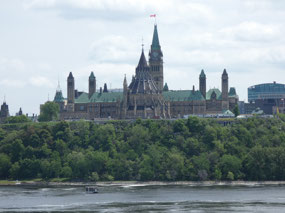
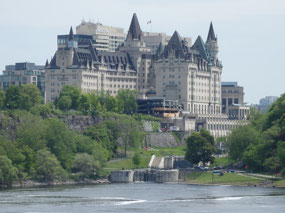
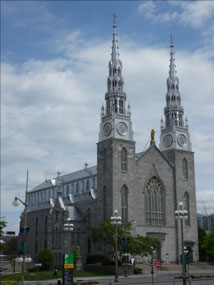


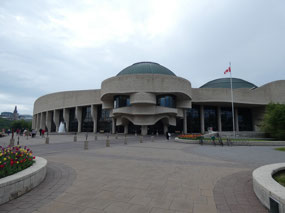
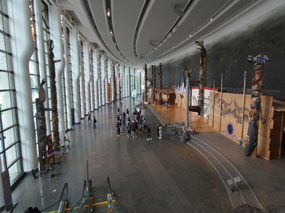
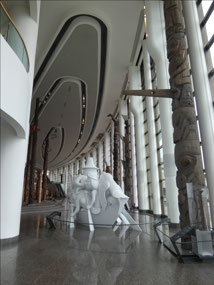
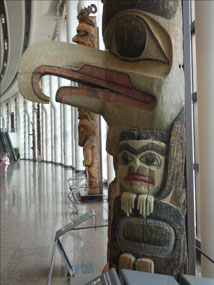
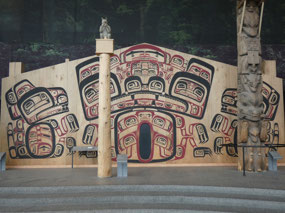
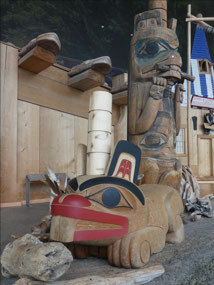
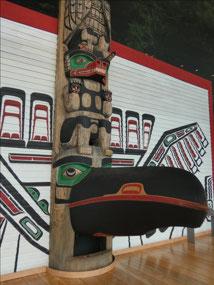
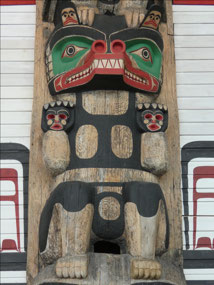
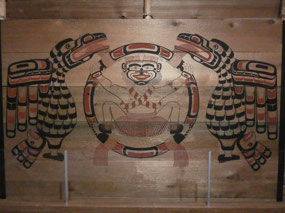
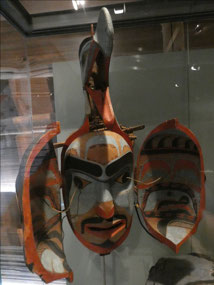
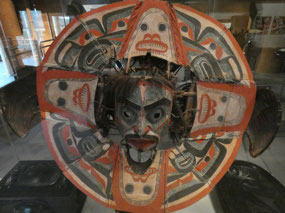
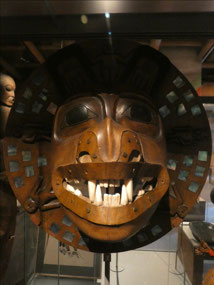
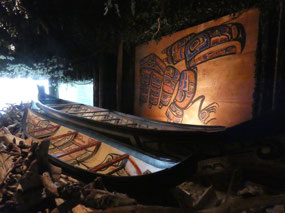
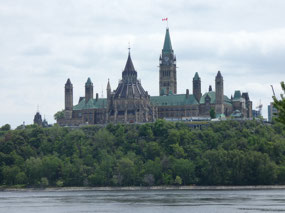
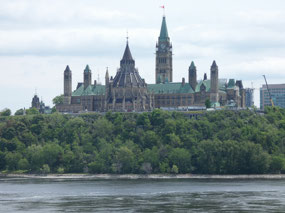
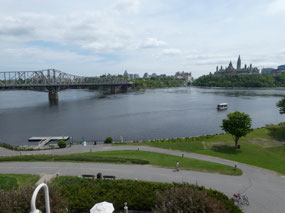
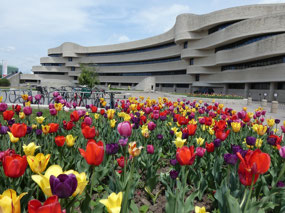
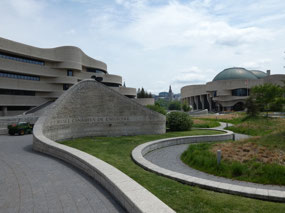
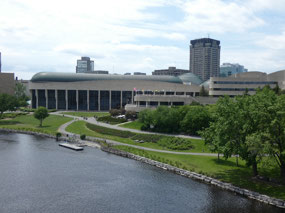
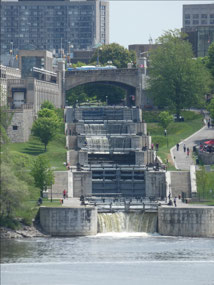
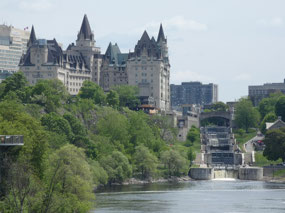
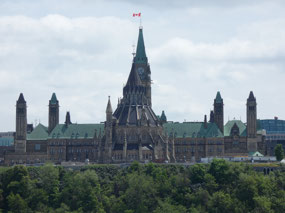
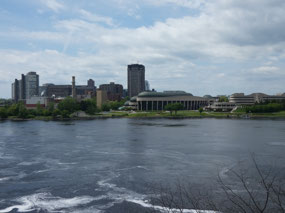
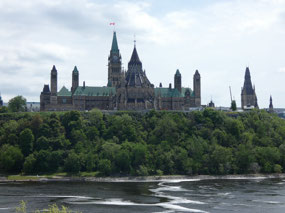
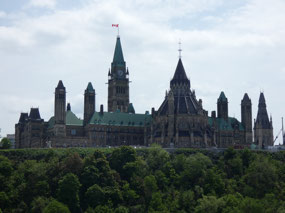
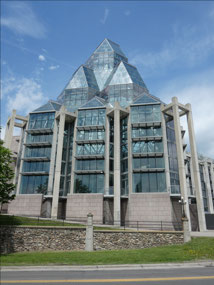
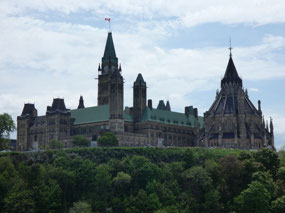
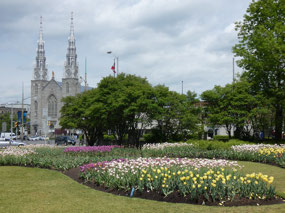
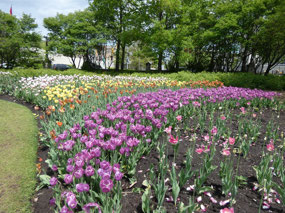

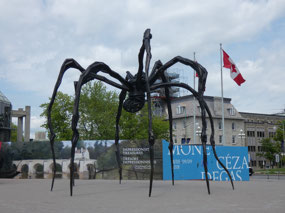
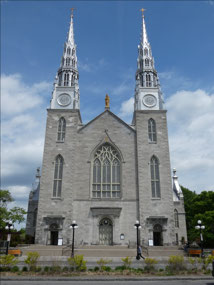
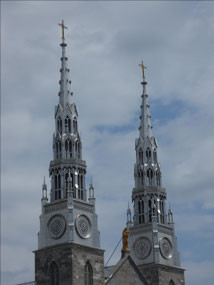
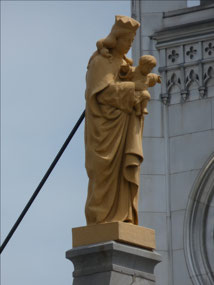
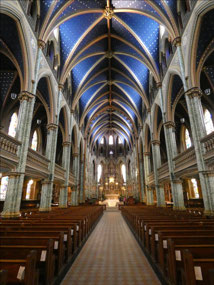
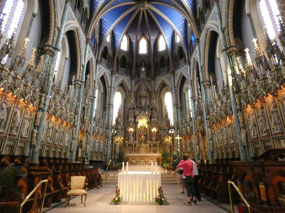
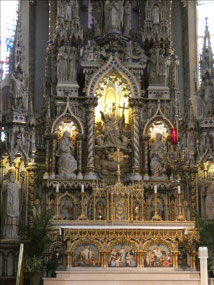
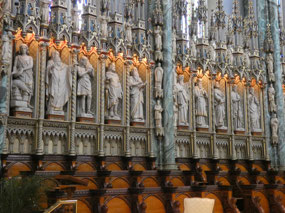
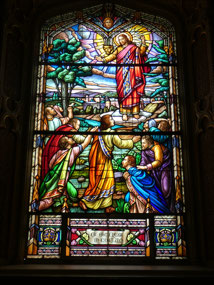
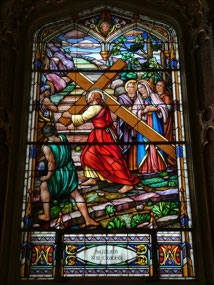

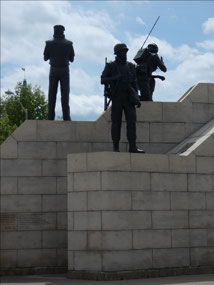
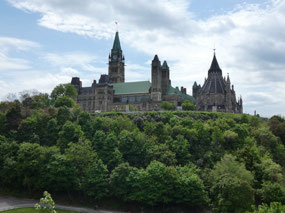
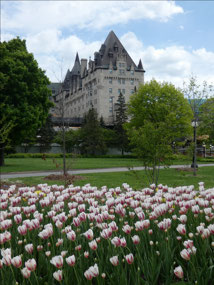
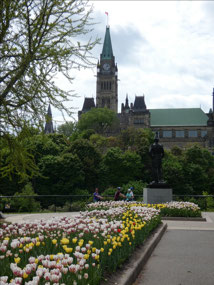
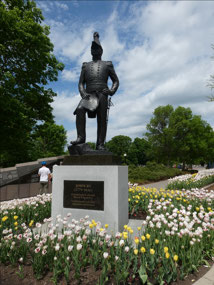
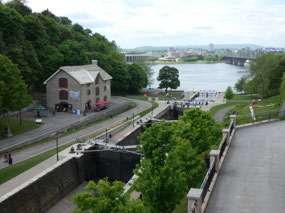
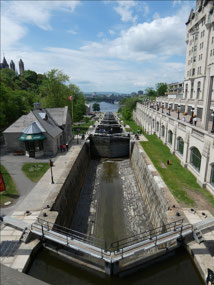
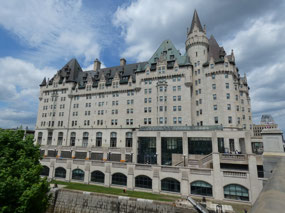
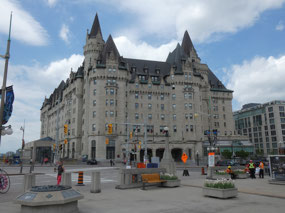
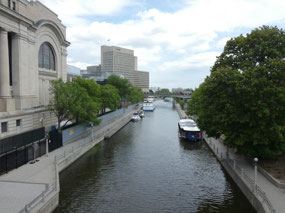
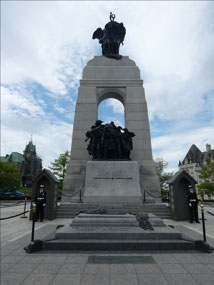
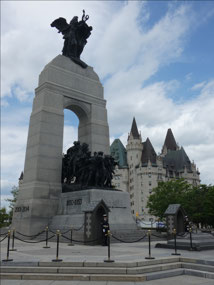
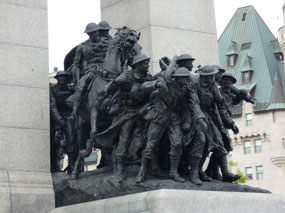


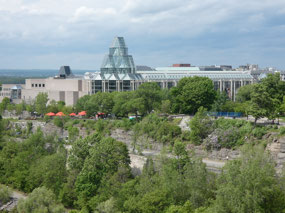
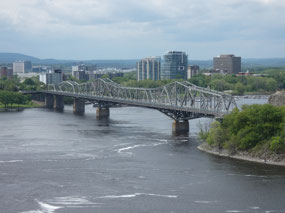
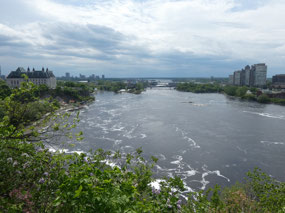
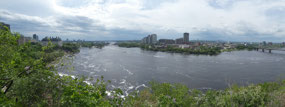
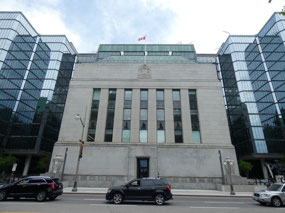
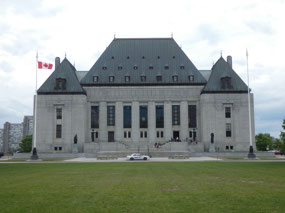
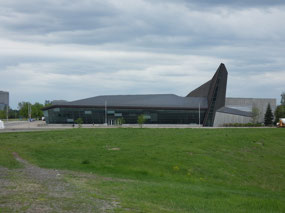
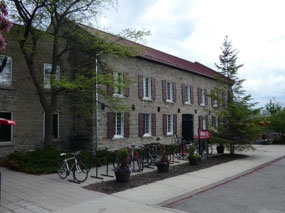
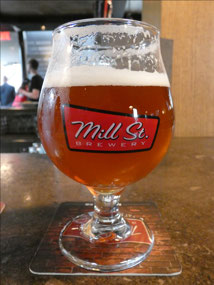
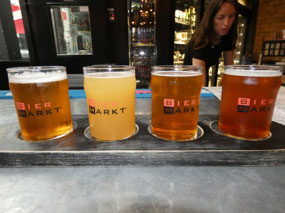
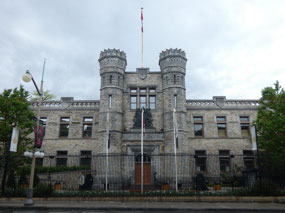
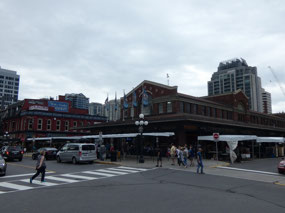
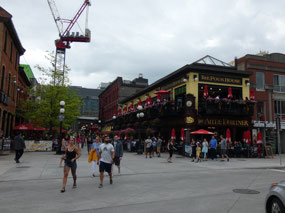
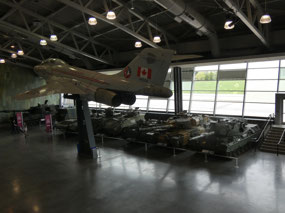

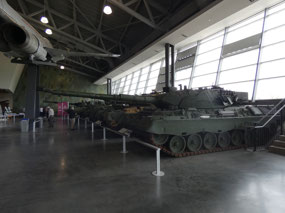

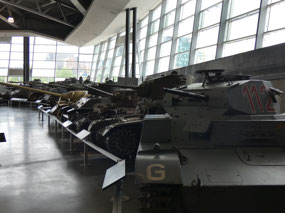
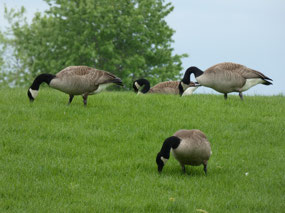
2025-05-23